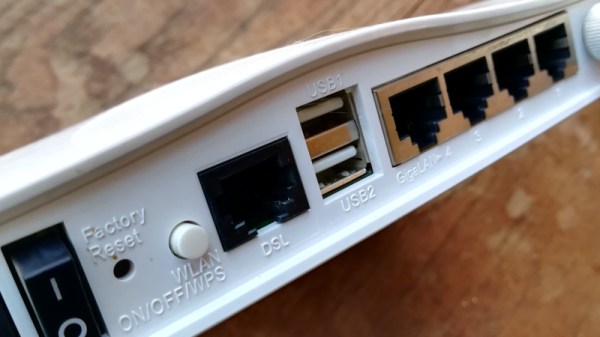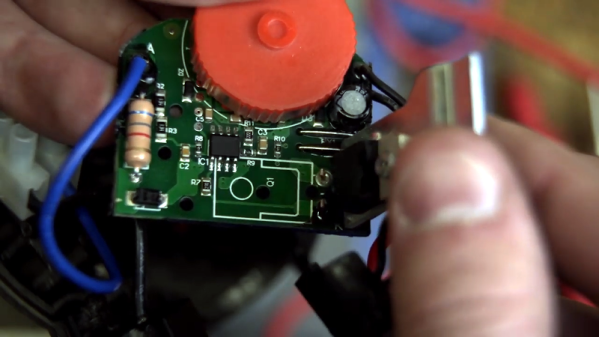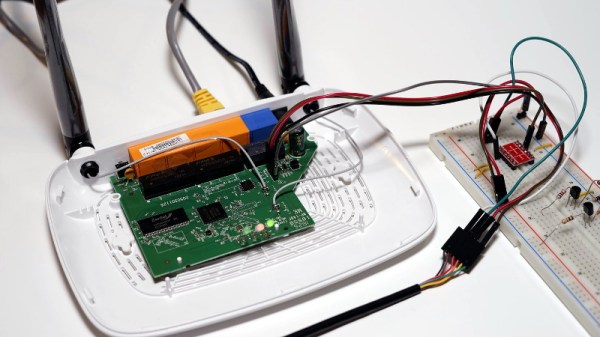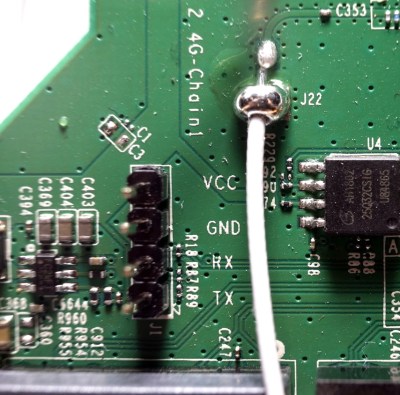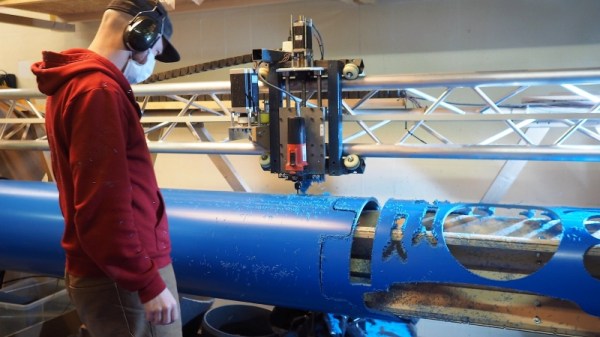Whether your home Internet connection comes by ADSL, fibre, cable, or even satellite, at some point in the chain between your ISP and your computer will be a router in your home. For some of us it’s a model we’ve bought ourselves and loaded up with a custom distro, but for the majority it’s a box supplied by our ISP and subject to their settings and restrictions. [Paddlesteamer] has just such a router, a Huawei model supplied by the Turkcell ISP, and decided to do a little snooping into its setup.
In a tale of three parts, we see the device unravel, from uncovering a shell to reverse engineering its update process, to delving in its firmware and finally removing all its restrictions entirely. It’s a fascinating process in which we learn a lot, such as the way a man-in-the-middle attack is performed on the router’s connection tot he ISP, or that it contains an authorised SSH key seemingly giving Huawei a back door into it. You may never do this with your ISP’s router, but it pays to be aware of what can be put in your home by them without your realising it.
The Golden Age of router hacking may be behind us as the likes of the Raspberry Pi have replaced surplus routers as a source of cheap Linux boards, but as this shows us there’s still a need to dive inside a router from time to time. After all, locked-down routers are hardly a new phenomenon.
Via Hacker News.

